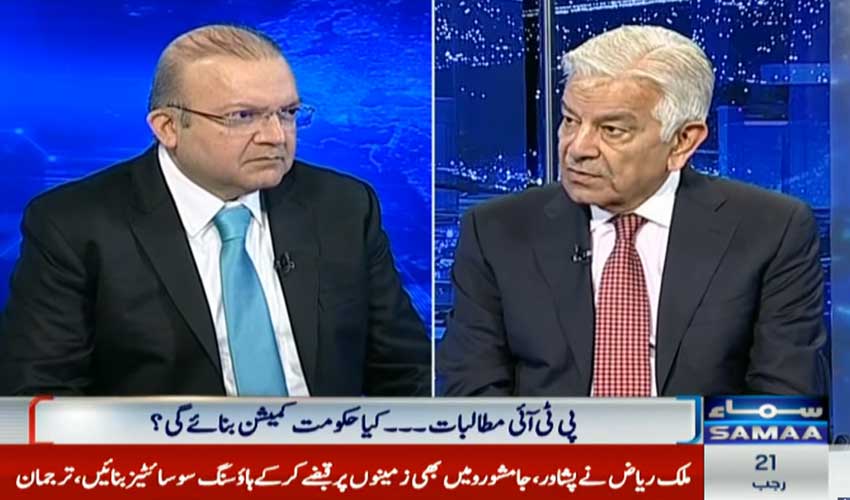The oil market has been experiencing its most fragile state since late June, despite efforts by Saudi Arabia and OPEC⁺ partners to curb production by more than 1 million barrels per day.
Front-month prices and calendar spreads have witnessed a sharp decline, erasing much of the spectacular gains seen over the previous three months.
US crude inventories depleted
Commercial stocks of crude oil in the United States fell by 38 million barrels between September and June, with the strategic reserve increasing by almost 15 million barrels during the same period.
However, this depletion did not prevent a significant drop in prices, raising questions about the dynamics driving the market.
The abrupt collapse in prices and spreads, especially for U.S. crude futures (NYMEX WTI), is attributed to a short-covering rally and a squeeze on deliverable supplies that has swiftly unwound.
Hedge funds and money managers were compelled to cut bearish short positions, amplifying the market's self-sustaining rise and subsequent fall.
Fundamentals and global conflicts
The end of short covering and the unwinding of the squeeze were initially obscured by heightened geopolitical tensions in the Middle East.
However, as the risk of escalation appears to diminish, the market's return to a more neutral state becomes evident, putting downward pressure on nearby futures prices.
Market reverts to neutral state
With production restraint by Saudi Arabia and OPEC⁺ partners countered by continued growth in non-OPEC output and a downgraded global growth outlook, the oil market has reverted to a neutral state.
Prices for both Brent and WTI are aligning with the average since the start of the century, indicating a shift from the strongly bullish conditions observed in September.
In conclusion, the oil market's current vulnerability raises questions about the factors influencing its dynamics and underscores the delicate balance between supply and demand on a global scale.



























